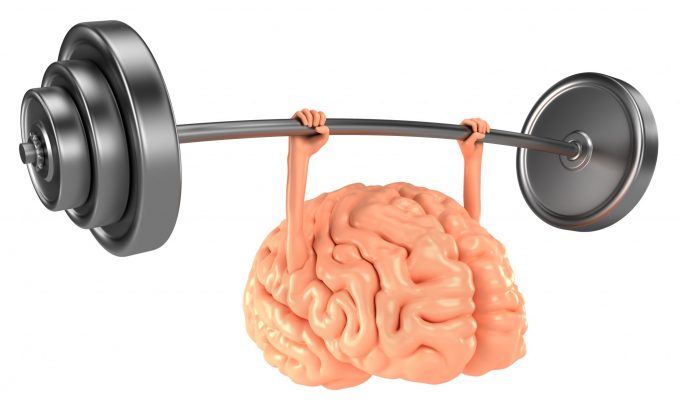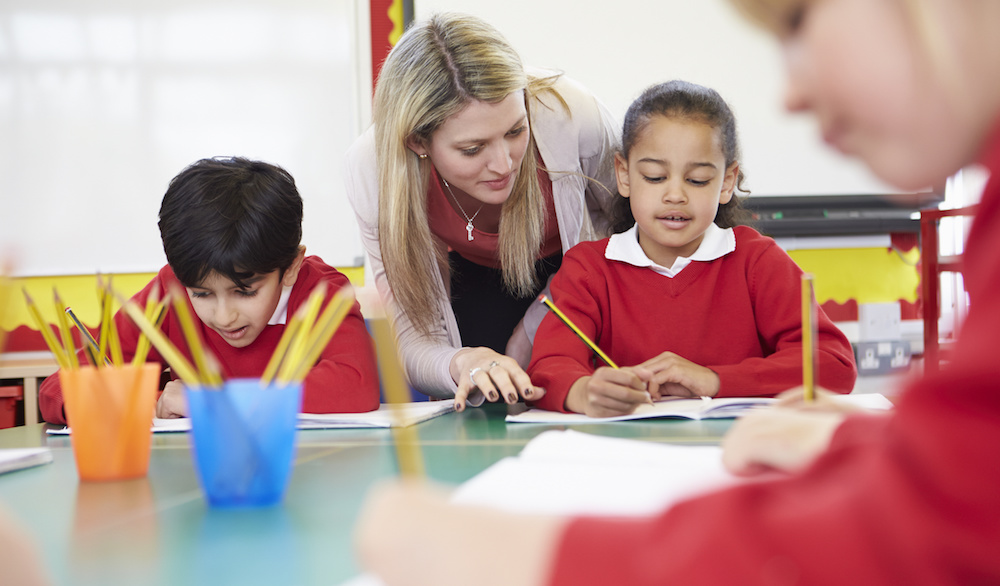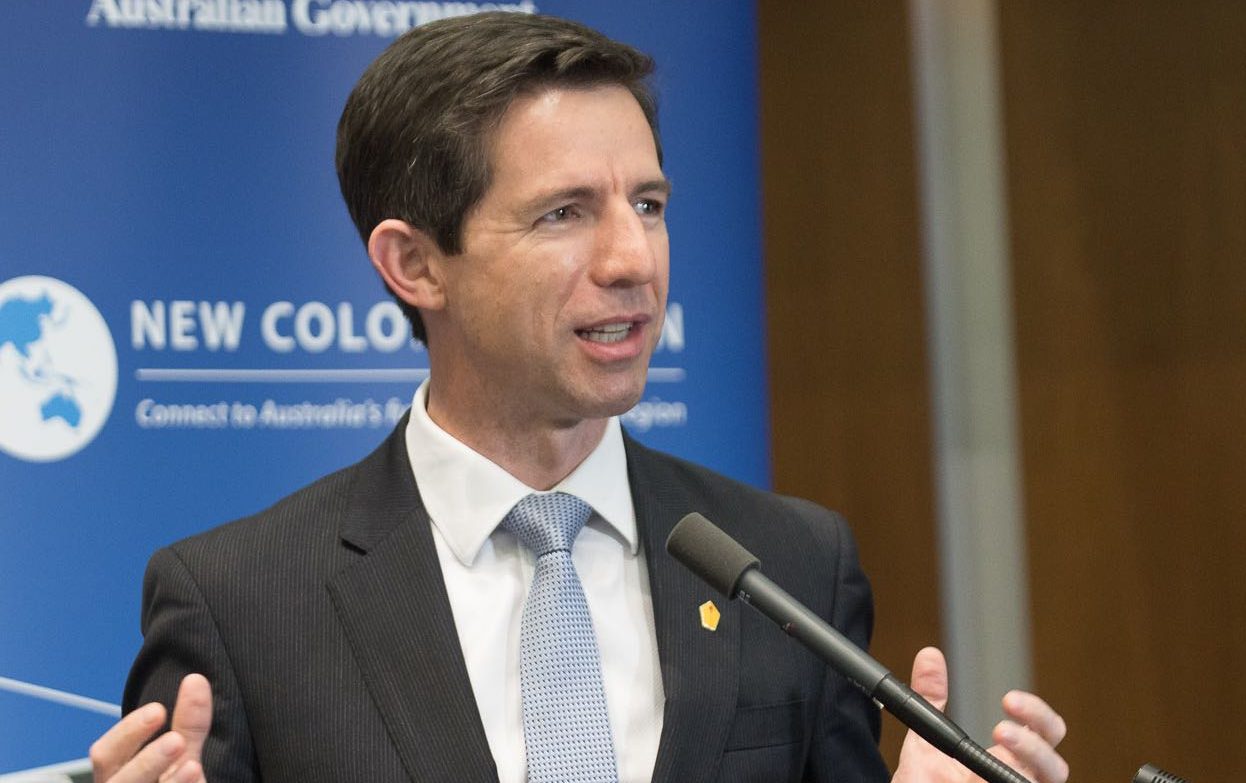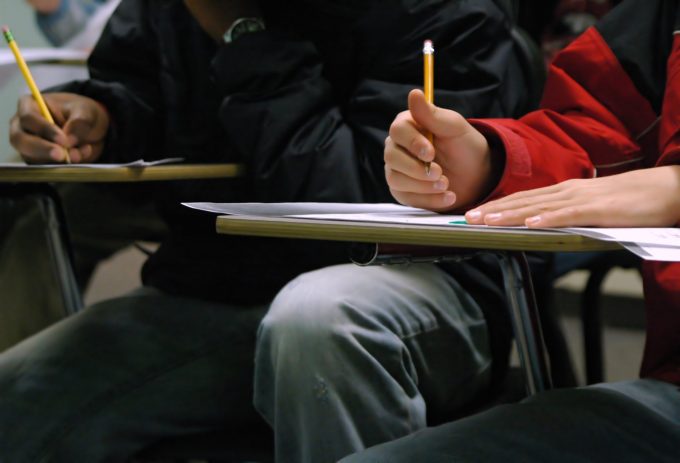
Six teams comprising Australia’s brightest high school students are heading overseas later this year to compete in International Olympiads for science, mathematics and technology.
The Australian Olympiad team members completed rigorous qualifying exams and extension programs over the last year, beating thousands of students for the coveted spots.
Australia has an impressive track record, in the International Olympiads, winning over 30 gold, 100 silver and 130 bronze medals previously.
Minister for Jobs and Innovation senator Michaelia Cash welcomed the announcement of the teams and said they had much to be proud of.
“These students have worked hard and excelled to get into the teams and we look forward to seeing where their love of science, mathematics and technology takes them in future,” Ms Cash said.
“Scientific, mathematical and digital skills are increasingly important for all Australians. Young Australians with world-class talent in these fields have the potential to make a big difference to Australia and the world through research and innovation.”
“That’s why the Australian Government has committed a total of $4.1 million over four years to help our best and brightest compete globally.”
Assistant minister for Science, Jobs and Innovation Zed Seselja congratulated the students at a ceremony at Parliament House and said the government was committed to supporting student participation in the International Olympiads.
“The opportunity to participate in the International Olympiads inspires young Australians to pursue their passion for knowledge,” Mr Seselja said.
“The world of science, mathematics and technology is full of possibility and I hope competing at the Olympiads is the beginning of many great things to come for these students.”
“A battle of the mind at the International Olympiads will be as exciting as a battle of the muscle at the Olympic Games, and we wish these teams all the best.”
The UNESCO-sanctioned International Science and Mathematical Olympiads will be held in various countries across the globe, with teams competing in fields of Biology, Chemistry, Earth Science, Informatics, Mathematics and Physics.







